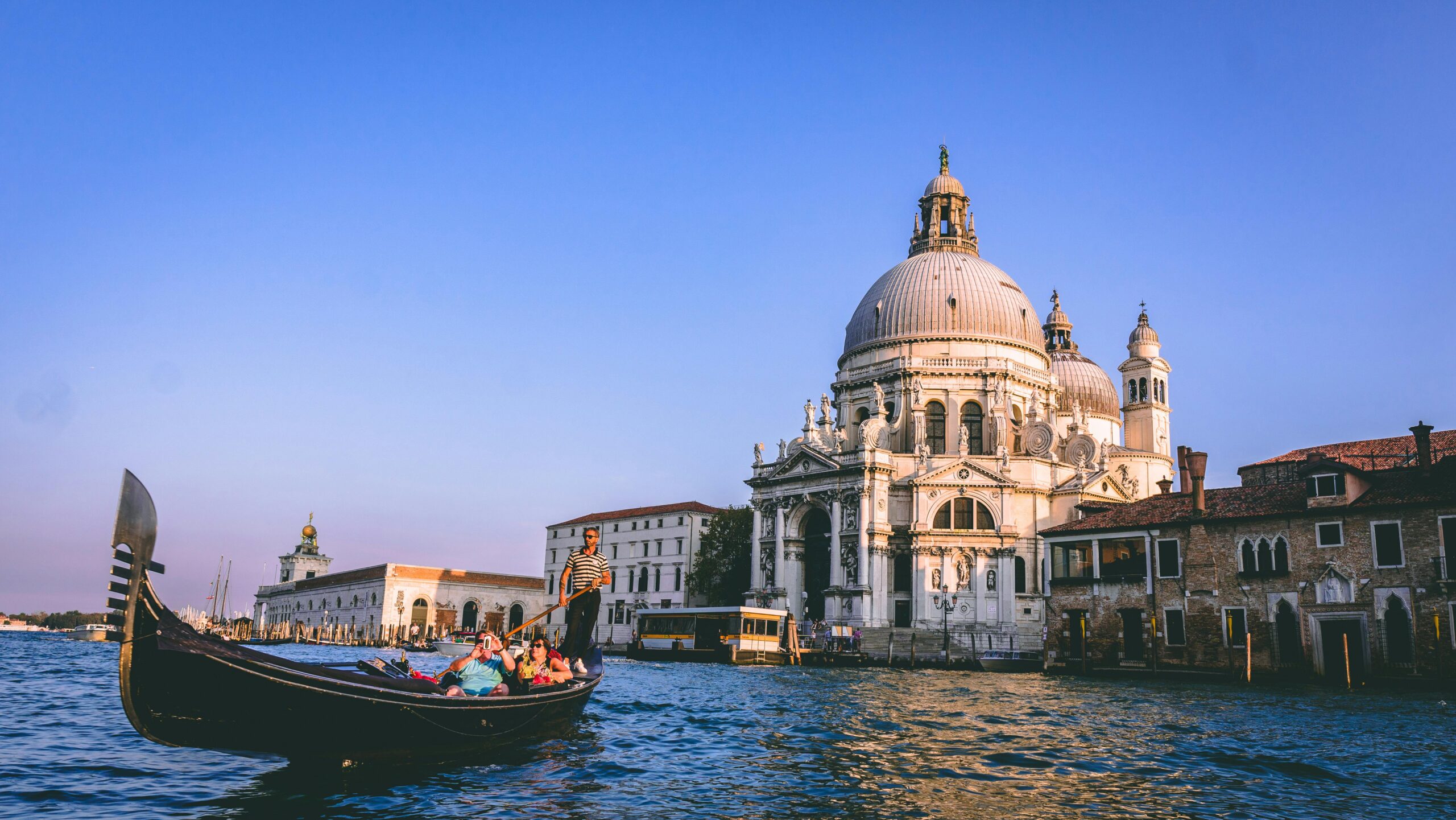Venice—long celebrated for its winding canals, Renaissance palaces, and storied history—now stands imperiled by an unprecedented convergence of threats. Frequent “acqua alta” floods, a relentless flood of day-trippers, and the erosion of traditional neighborhoods have driven Venetians to the brink. Yet grassroots activists, local authorities, and international bodies are mobilizing to “save the soul” of the floating city. Here’s a deeper look at Venice’s plight, the measures under way, and what the future may hold.

1. Historic Vulnerability Meets Climate Change
- Ancient Foundations: Built on a network of wooden pilings, Venice has always battled high tides. Medieval engineers designed rudimentary barriers, but subsidence and sea-level rise have outpaced these defenses.
- Escalating Floods: Since the 1960s, extreme high-water events have quadrupled in frequency. Victims include iconic piazzas, museums, and even St. Mark’s Basilica, whose mosaics suffer salt-water damage.
- MOSE Project: Italy’s flagship flood-barrier system—comprising 78 inflatable gates at lagoon inlets—is operational but beset by delays and cost overruns. Critics question its long-term efficacy as sea levels continue to climb.
2. The Overtourism Crisis
- Day-Tripper Deluge: Over 25 million visitors per year—many arriving by cruise ship—swamp narrow alleys and fragile stone bridges. Locals estimate that on peak days there are ten tourists for every resident.
- Rising Rents and Empty Streets: Short-term rentals siphon housing stock, driving half the city’s residents to the mainland. Once-vibrant crafts shops and markets now cater exclusively to souvenir hunters.
- Environmental Toll: Boat traffic churns up sediment, undermining foundations. Waste management—and water-quality monitoring—struggle to keep pace with the volume of visitors.
3. Fighting Back: Policy and Community Initiatives
- Cruise-Ship Bans and Reroutes: In late 2024, large vessels were barred from Venice’s historic basin. Incoming ships now dock several miles away, with passengers ferried in by smaller, electric boats.
- Tourist Quotas and Ticketing: Experimental “museum-style” ticketing for St. Mark’s complex and Rialto Bridge has throttled peaks, while app-based entry passes for busy districts are being piloted.
- Resident-Only Zones: Portions of the city center, especially the Cannaregio district, are designated “locals only” during morning hours to maintain neighborhood life.
- Sustainable Tourism Campaigns: The “Live Like a Venetian” initiative encourages stays of three-plus nights and promotes homestays, cooking classes, and artisan workshops to spread economic benefits and reduce churn.
4. Cultural Preservation and Urban Renewal
- Craft Apprenticeships: To rescue traditional boat-building, glassmaking, and lace-weaving, the city funds training programs pairing young Venetians with master artisans.
- Green Infrastructure: Plans for “blue-green corridors” aim to absorb floods naturally via raised walkways, salt-tolerant gardens, and permeable pavements.
- Digital Deterrents: Geo-fencing and stepped tourist fees—higher during peak hours—deter one-day crowds while funding conservation efforts.

5. The Road Ahead: Balancing Access and Authenticity
Venice’s struggle is a cautionary tale for heritage cities worldwide. To endure, it must reconcile its dual identity as living community and global icon. Success hinges on flexible governance, meaningful community engagement, and a willingness to limit growth—even if it means fewer ticket sales or reduced tourist arrivals. The question isn’t whether Venice can be preserved, but how to preserve it without sacrificing the vibrant culture that made it so unforgettable.
Frequently Asked Questions
Q: What is the MOSE project?
A: A network of mobile flood barriers at lagoon inlets designed to isolate Venice from high tides, fully activated on a weather-triggered basis.
Q: Why are cruise ships banned from Venice’s basin?
A: To protect underwater foundations and reduce congestion, large ships now dock at Marghera, with visitors transferred by smaller, eco-friendly vessels.
Q: How can visitors help support sustainable tourism?
A: Stay multiple nights, patronize local businesses, follow designated walking routes, and respect “quiet hours” in residential zones.
Q: What is “acqua alta” and why is it worsening?
A: “High water” floods are driven by tides and storm surges; climate-driven sea-level rise and subsiding land exacerbate their frequency and severity.
Q: Are there limits on daily visitor numbers?
A: Pilot ticketing schemes cap entries to key sites; broader city-wide quotas are under discussion but not yet fully implemented.
Q: How has the local population changed?
A: From a peak of 175,000 residents post-WWII, Venice now counts fewer than 50,000 permanent inhabitants, with many homes converted to short-term rentals.
Q: What is the “Live Like a Venetian” initiative?
A: A campaign promoting longer stays, local experiences, and engagement with community-run tours to diversify visitor impact.
Q: Can Venice truly survive climate change?
A: While barriers and infrastructure can mitigate floods, long-term survival depends on aggressive carbon-reduction efforts and adaptive urban planning.
Q: How are artisans being supported?
A: Through apprenticeships, grants, and dedicated workshops—ensuring boat builders, glassmakers, and lace weavers transmit skills to future generations.
Q: What lessons does Venice offer other cities?
A: Proactive visitor management, heritage-driven economic models, and community empowerment are vital for balancing tourism with livability.

Sources CNN


